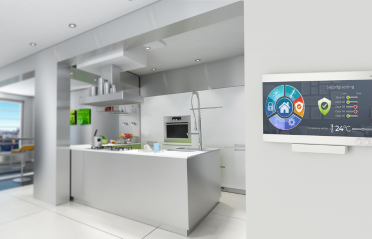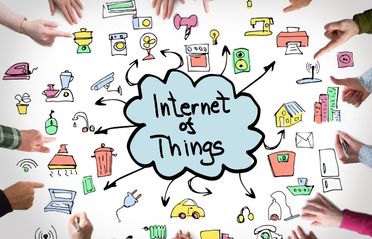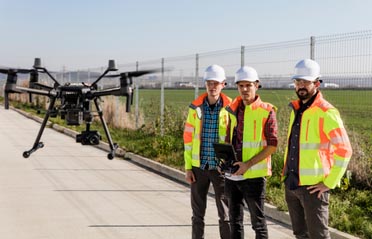By 2020, according to Gartner, we’ll be living in a world of more than 25 billion IoT devices. Just for a reminder, the internet of things (IoT) refers to a system consisting of devices that are connected to one another through internet technology, interacting without requiring human intervention. A great example of such technology is “smart settings” on recent AI devices that would wake you up at your set time in the morning, turn on the lights of your room and start your coffee maker to brew you a cup of coffee.
Connected devices, as stated in the example above, requires the development of complex IoT applications. The complexity of the task, the alarming rate at which IoT is spreading and a lackluster traditional testing system for these devices calls for a better testing protocol—one that relies on automation.
Why Test-Driven Development is Important
There are several reasons why a test-driven methodology to create IoT technology and its software is needed. When considering traditional methods of testing, programming codes were built and tests were conducted more on a production level. However, the modern approach requires any bugs and glitches to be captured at an early stage. In a test-driven development approach, human interaction for manual testing is minimized, making it possible to capture errors faster and earlier.
In a traditional testing environment, a code is created, tested, fixed and then retested repetitively. There is a lot of prediction required for implementing TDD wherein the developers along with testers have to foresee the functioning of the application in the real world and test it accordingly. High-quality applications can then be delivered faster, which is the need of the hour looking at the increasing demand of interconnected devices around the world e.g. Google Home, Amazon’s Echo, etc.
IoT Apps Are Harder to Test
Here are some of the IoT test challenges, which pose a pretty difficult challenge compared to traditional application tests, and require automation as the leading component of IoT testing.
The Mesh of Hardware and Software
IoT is a system, not just a device. It consists of not just software, but hardware as well. The hardware part of this architecture is not straightforward. There are devices with different functionalities, diversified communication gateways and innumerable data capturing sensors that are part of this system.
A Mix of UIs
IoT applications must work with a mix of platforms such as Android, Windows, iOS, Linux, etc. Now, imagine the number of devices running these operating systems. Testing on each and every device is nothing, but impossible unless automation testing is incorporated.
A Security Nightmare
IoT Security is the biggest challenge for IoT app developers as the connectivity of almost every device that a person uses on a daily basis creates a larger pool of data to be hacked and manipulated.
IoT Is Spreading Fast
IoT is expected to be bigger than the internet itself in just a few years. Using manual methods of testing will slow down the testing process whereas the world needs IoT applications delivered at a very fast rate.
Understanding the Process
The development and testing of IoT applications have to be simplified. The two major players in IoT testing are simulations and quality assurance.
Simulations
Since IoT applications need to cover a wide range of devices running different types of operating platforms and serving completely different purposes, testing out applications on all of them is impractical and impossible. The best approach for application testing is to simulate those environments. This is already being done for smartphone applications where developers simulate many different smartphone devices without actually running the application on those smartphones. With this approach, testing is based solely on software and the real-world environment requires being perfectly mimicked for effective testing. Since this is not possible, it gives rise to the concept of quality assurance.
Quality Assurance
In order to deliver high-quality IoT applications, developers can never wholly rely on simulated environments. As stated earlier, these simulations can come close to real-world interactions with the application, but they can never perfectly mimic them. Furthermore, on several occasions, approximations have to be made in simulated environments that can also result in deviated calculations and assumptions. That’s where agile testing comes into play—improving software through a collaborative approach between teams with varied functions.
How to Prevent Obsolescence
Finally, obsolescence will have to be mitigated. Since the end-users are surrounded by so many devices, they would not want to keep on replacing them over and over frequently. This challenge can be overcome by app developers through OTA updates i.e. over the air updates. OTA update is where an application/software/operating system is updated automatically using the user’s internet connection. This reduces the need of changing devices frequently because the old devices can perform better and newer functions just with OTA software updates.
References

Product Engineering Services Customized software development services for diverse domains
Sustenance Engineering Going beyond maintenance to prolong life of mature products
Managed Services Achieve scalability, operational efficiency and business continuity
Technology Consulting & Architecture Leverage the extensive knowledge of our Domain Experts



